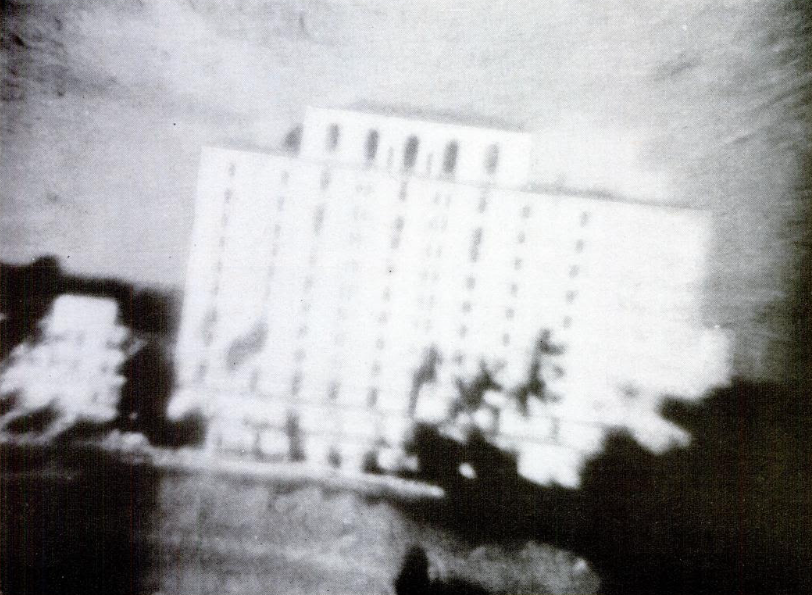Lana Lopesi, “Te Moana-nui-a-Kiwa” False Divides. September 2018. 22-25
Manulani Aluli Meyer, “Handbook of Critical and Indigenous Methodologies, Indigenous and Authentic: Hawaiian Epistemology and the Triangulation of Meaning” 2008.
Peter J. Boettke, “Capitalism”, n.d.
https://www.britannica.com/topic/capitalism
Spark Notes, “The Communist Manifesto: Summary”, n.d.
https://www.sparknotes.com/philosophy/communist/summary/
National Geographic, “Communism”, n.d.
https://education.nationalgeographic.org/resource/communism
Auckland Art Gallery, “Walls to Live Beside, Rooms to Own: The Chartwell Show.”, 2022.
www.aucklandartgallery.com/whats-on/exhibition/walls-to-live-beside-rooms-to-own-the-
chartwell-show.
Centre of Contemporary Art, “CoCA Centre of Contemporary Art Toi Moroki.”, n.d. coca.org.nz/exhibitions/precarious-balance/untitled/.
Chartwell, “Untitled by Matt Calderwood”, n.d. https://chartwell.org.nz/seeing/collection/untitled-133/
Matt Calderwood, “Found Objects”, 2016 http://www.mattcalderwood.com/#/objects/




















































